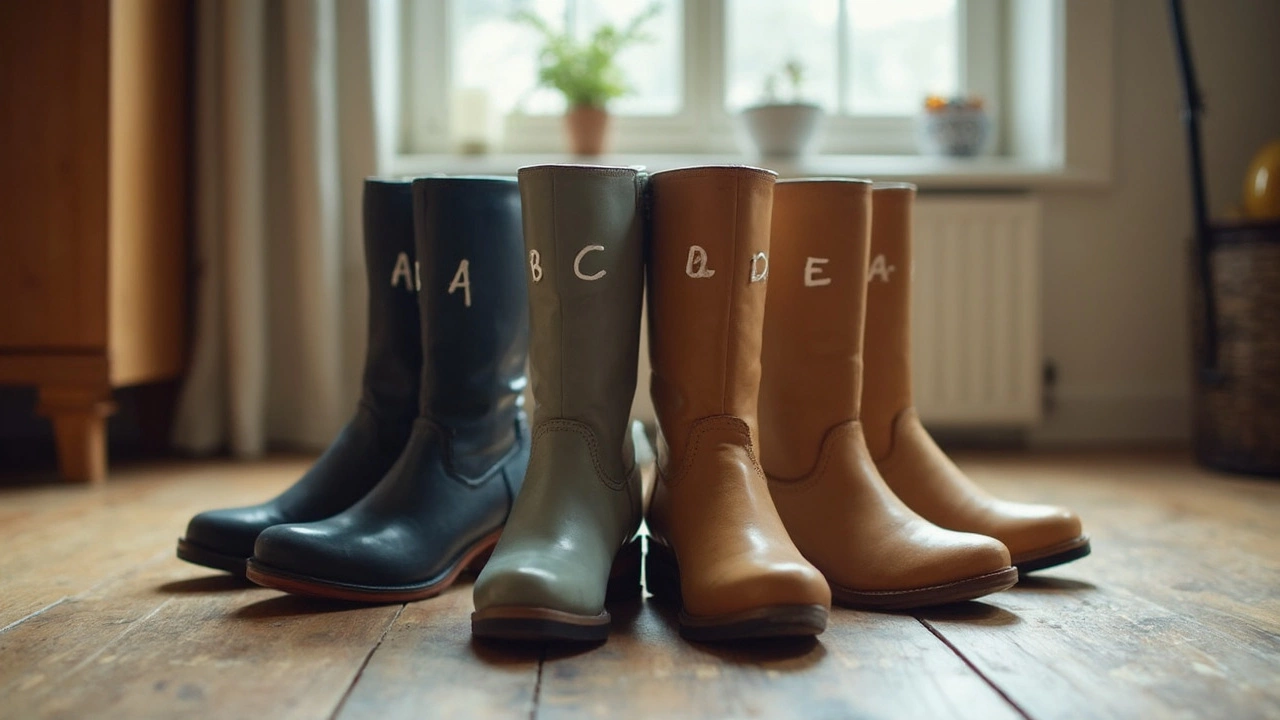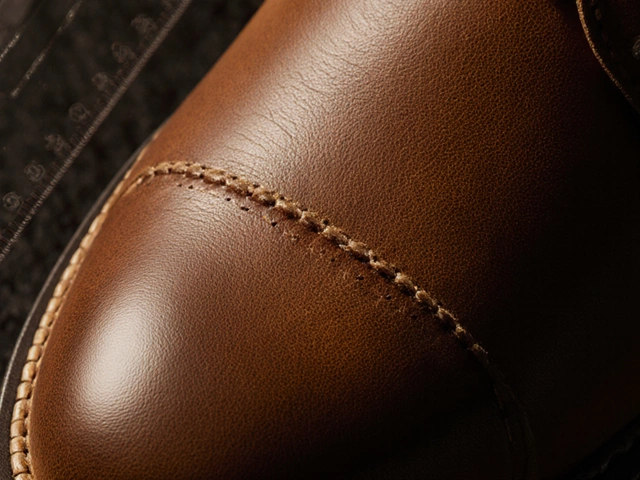Wide Width Boots: How to Choose Comfort and Style
If you have broader feet, regular boots can feel tight, pinch, or even cause blisters. Wide width boots solve that problem by giving extra room where you need it most. They let your toes wiggle, keep the heel in place, and still look good enough to wear out.
What Makes a Boot Wide Width?
Most boot makers label a shoe as "wide" when the forefoot (the part around your toes) is at least one size bigger than the standard width. Look for terms like "wide (W)", "extra wide (EW)", or "roomy" in the product description. The key things to check are:
- Toe box width: A broader toe box means less pressure on your toes.
- Last shape: Boots built on a wider last (the form used to shape the shoe) naturally give more space.
- Adjustable features: Laces, buckles, or elastic panels let you fine‑tune the fit.
Don’t rely on the single size number alone. A size 9 wide can feel very different from a size 9 regular, especially if the brand’s wide sizing runs small.
Top Picks and Buying Tips
Here are a few reliable options that regularly get praised for their wide fit:
- Clarks Desert Wide: Soft leather, decent arch support, and a roomy toe box.
- Timberland 6‑inch Premium Wide: Heavy‑duty, waterproof, and built for outdoor work.
- Dr. Martens 1460 Wide: Classic style, stiff leather that softens with wear, and a comfortable stretch.
- UGG Classic Wide Boot: Plush lining for cold days and a generous fit for everyday wear.
- Country Brook Wide Ankle Boots: Affordable, easy to slip on, and good for casual outings.
When you shop online, read the size guide carefully. Measure the length and width of your foot and compare it to the brand’s chart. If you’re between sizes, go up a half size in width rather than length.
Try the boot on with the socks you plan to wear. Move around – walk, squat, and climb a step. Your heel should stay snug, but you shouldn’t feel any squeezing on the sides of your foot.
Take care of your wide boots so they stay comfy. Use a leather conditioner every few months, and stuff them with newspaper or a boot dryer after wearing them in wet weather. This helps the material keep its shape and prevents the toe box from collapsing.
Finally, remember that a good fit feels natural. If you notice hot spots after a short walk, give the boot another day to break in, or try a different brand. With the right wide width boots, you can stay stylish and pain‑free all day long.

What is D in Boots? Unraveling Women's Boot Sizing
Ever wonder what the 'D' stands for in women's boots? It actually relates to the width of the boot. Understanding this can make a world of difference when shopping for comfortable footwear. We'll explore the ins and outs of boot sizing, offering tips to find your perfect fit and avoid common pitfalls. No more guessing or painful shopping trips—get ready to step out in boots that feel tailor-made just for you.




